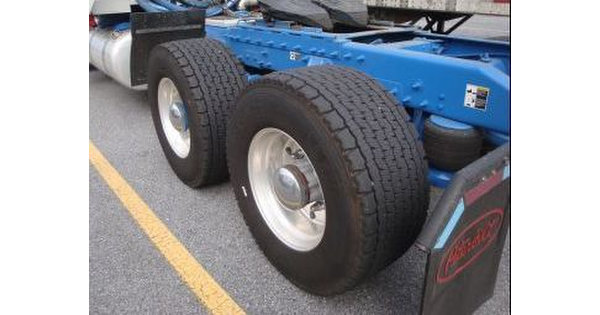Installing the right tires on your vehicle is essential to the overall performance and safety of your vehicle. Your tire choice should reflect the conditions in which you drive and your preferences for vehicle response and handling. To make the most informed decision, though, you must understand how to read tire size when it's time to buy tires.
Thankfully, determining the correct tire size for your vehicle is relatively simple. All the information you need is immediately available either in your owner's manual or somewhere on the vehicle itself. Already know how to read tire size numbers? Skip the explanation and find the right Bridgestone tire for your vehicle online or by visiting a Bridgestone tire dealer near you.
While actual, physical measurements like width and diameter are factors in finding the right tire size, there are additional details to consider. Knowing how to read car tire sizes also means understanding terms like load index and speed rating that affect your vehicle's overall capabilities.
No matter what vehicle you drive, finding the manufacturer-recommended tire size should be easy. The best place to start looking is the owner's manual.
Don't worry if you can't locate the manual; you may also find a tire fit guide in these locations:
You can also find tire size data on the sidewall of your current tires (assuming they're the proper size). However, no matter where you find your tire size, you will have to decipher a sequence of numbers and letters. Don't worry if it looks confusing at first — every letter and number has a straightforward meaning. Let's break down how to read car tire size.
Let's take a look at what each number or letter stands for, one by one, in the order they appear in your tire size data. We'll be using this tire size as an example: P225/70R16 91S.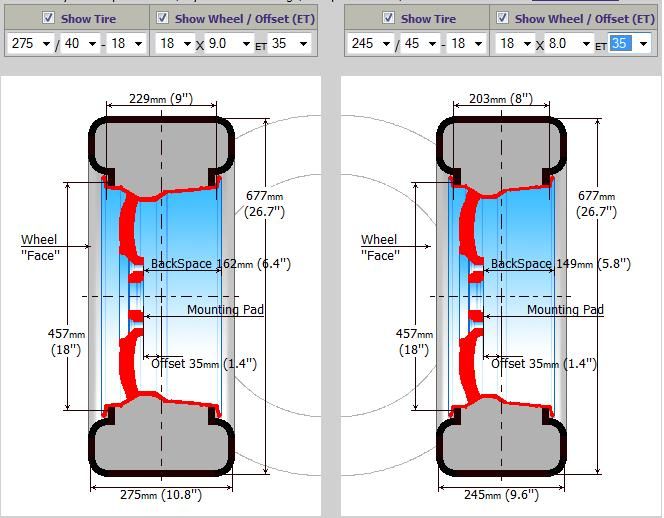
For most vehicles, you'll see the letter "P" before the number sequence begins: P225/70R16 91S. The "P" is short for "P-metric," which is a designation by the Tire and Rim Association for a "passenger car" tire type. A "P" signifies the tire was designed to primarily be used on passenger vehicles, which can include cars, minivans, SUV's and other light-duty pickup trucks.
If you see "LT" instead of "P," it's because you need "light truck" tires – "LT" is short for "LT-metric," which is a designation by the Tire and Rim Association for a "light truck" type tire. Light truck tires are designed to be used on vehicles capable of carrying heavy cargo or pulling trailers.
Similarly, "T" stands for "temporary" and is for your spare tire. If you see "ST," that means "special trailer." A special trailer tire is never installed on the drive or steer wheels. It's only intended for use on trailer axles.
The first number to appear in your tire size information is the width, in millimeters, of the correct tires for your vehicle: P225/70R16 91S.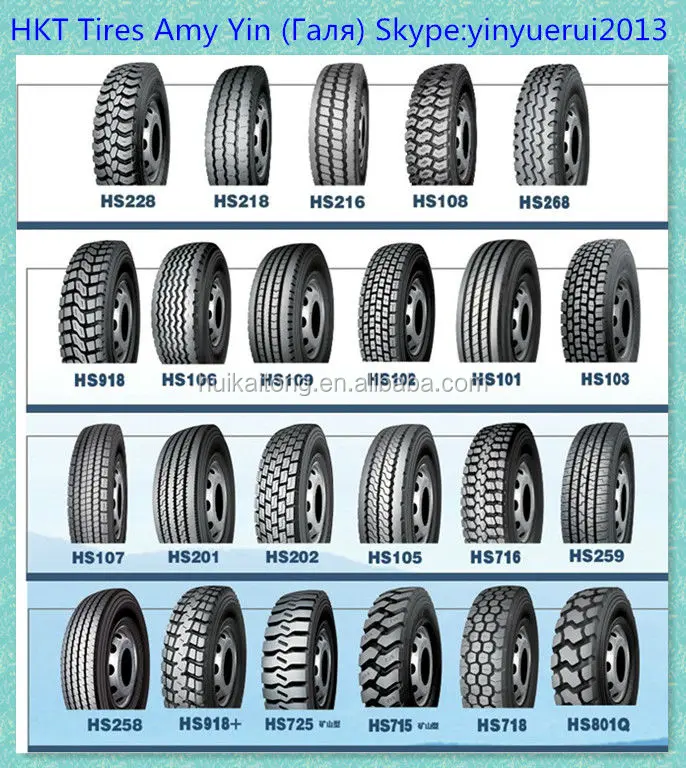
Tire width always refers to the measurement from one sidewall to another. Thus, a tire with the measurement "P225" is for a passenger vehicle and has a nominal width of 225 millimeters.
After the slash mark, the next number you see is for the tire's aspect ratio, which essentially tells you how tall your tire's profile is: P225/70R16 91S. Aspect ratios are delivered in percentages. Tire makers calculate the aspect ratio by dividing a tire's sidewall height by its width. If a tire has an aspect ratio of 70, it means the tire's height is 70% of its width.
Lower aspect ratio tires, such as a 60 series, generally offer vehicle handling performance advantages over higher aspect ratio tires, such as a 75 series.
After the aspect ratio comes a letter to indicate the tire's construction: P225/70R16 91S. "R" refers to the internal structure of your tire and gives you a general idea of its stability.
There are two types of construction that you may see on the sidewall of a tire
"Bias-ply" tires were used on automobiles and light trucks until the '70s," reports the classic car site, Hemmings. But radial tires represent the vast majority of tires on the road in the United States today. In fact, you will almost always see the letter "R" on tires as radial tires have been the industry standard for over 40 years. Radial construction means the tire's internal ply cords are oriented in a radial direction (at 90 degrees to the centerline of the tread).
But radial tires represent the vast majority of tires on the road in the United States today. In fact, you will almost always see the letter "R" on tires as radial tires have been the industry standard for over 40 years. Radial construction means the tire's internal ply cords are oriented in a radial direction (at 90 degrees to the centerline of the tread).
The next number is the wheel’s diameter. For example, a tire with the P225/70R16 91S would fit a rim with a 16-inch diameter.
Take note: if you decide to change your rims' size, you will also need to get new tires that are compatible with the change in size. Tires designed to fit a 16-inch wheel diameter will not stretch to fit on new 18-inch rims.
View Other Common Diameter Sizes:
14-Inch Diameter Tires
15-Inch Diameter Tires
17-Inch Diameter Tires
18-Inch Diameter Tires
19-Inch Diameter Tires
20-Inch Diameter Tires
21-Inch Diameter Tires
22-Inch Diameter Tires
The next figure needed to read tire size numbers is your tire's load index.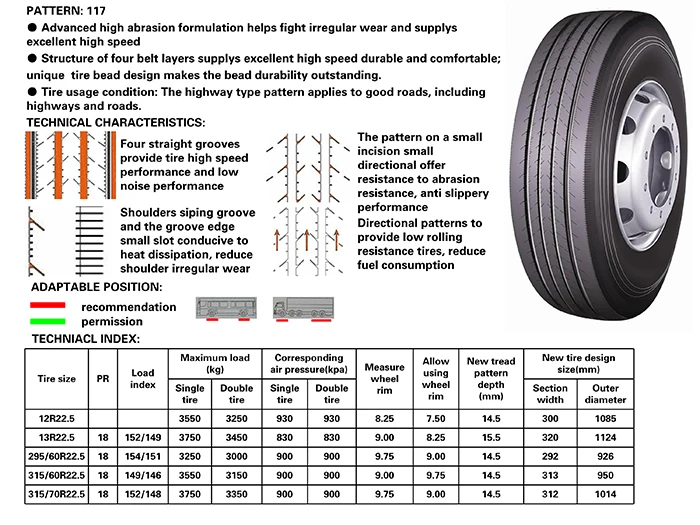 The load index tells us how much weight, in pounds, the tire can support when fully inflated: P225/70R16 91S.
The load index tells us how much weight, in pounds, the tire can support when fully inflated: P225/70R16 91S.
It is called the load "index" because the figure doesn't tell us the precise number of pounds the tire can support, at least not by itself. Instead, the number corresponds to a specific load capacity listed in an index. Beginning with one and ending with 150, numbers in the load index represent carrying capacities of 99 to 7385 lbs.
Additionally, you may not find this number present on all tires. This is because the load index is not required by law to be printed on tires. If there is no load index measurement on your tires, check the owner's manual or contact your local Bridgestone tire dealer for more information.
The final figure in a tire size sequence is the speed rating indicated by a letter: P225/70R16 91S. Just as your load index number corresponds to a particular load, your speed rating letter corresponds to a specific speed capability based on a standardized laboratory test.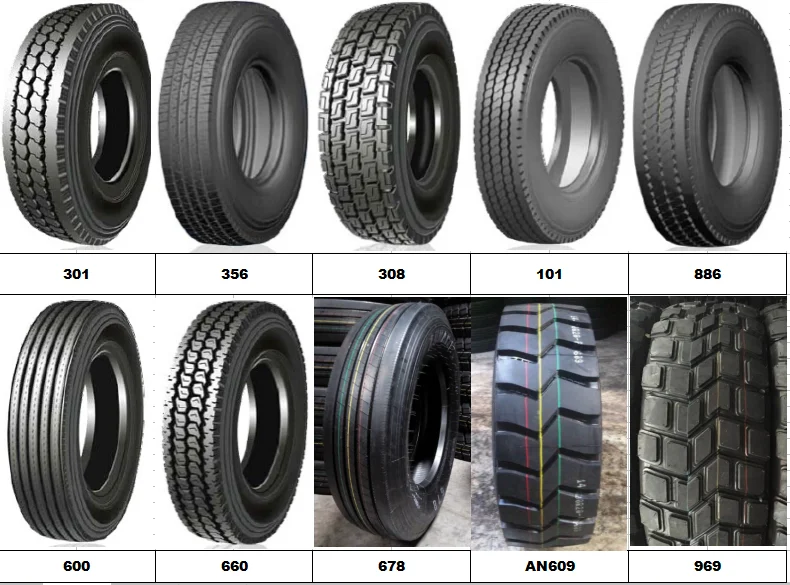
For example, a tire with a speed rating "S" is rated for up to 112 mph, while a tire rated "R" is up to 106 mph. Remember that this isn't a recommended cruising speed, but rather the maximum speed that tire type can withstand. Of course, you should always follow legal speed limits on roadways.
Here are the most common letters for speed ratings and their corresponding maximum speeds:
Tires with higher speed ratings tend to offer increased handling performance. Replacement tires must have the same or higher speed rating to maintain vehicle speed capability. If a vehicle has tires with different speed ratings, the speed rating of the "slowest" tire dictates the vehicle's top speed.
Like the load index, the speed rating is not required by law to be listed on all tires.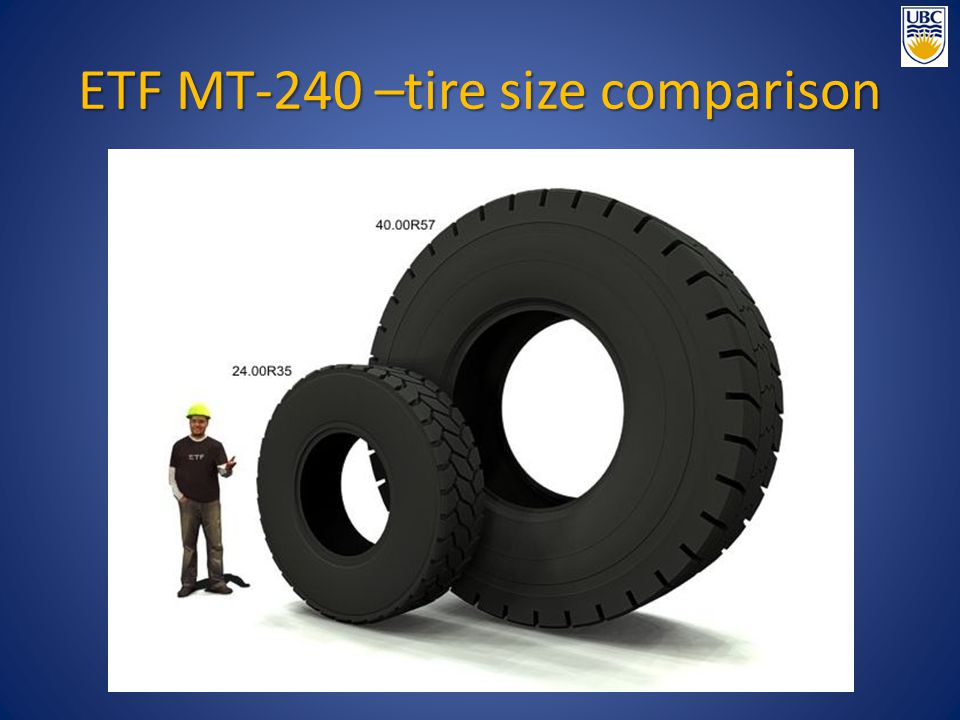 If your tires do not have the speed rating listed, your owner's manual will have the relevant information for your model's stock tire type.
If your tires do not have the speed rating listed, your owner's manual will have the relevant information for your model's stock tire type.
You may find "M+S" or "M/S" after the main tire size sequence on some tires. This indicates that the tire has some capacity to handle snow and mud conditions. This indication is common on most radial or "R" type tires.
You may notice another set of letters and numbers on your tire's sidewall beginning with "DOT." This is not an indication of tire size, but rather that the tire complies with Federal Motor Vehicle Safety Standards. The "DOT" stands for Department of Transportation and is followed by the tire identification number.
The first two letters or numbers after DOT refer to the manufacturing plant where the tire was produced and the last four numbers indicate the week and year the tire was made. The numbers 4318, for instance, indicate that the tire was manufactured during the 43rd week of 2018.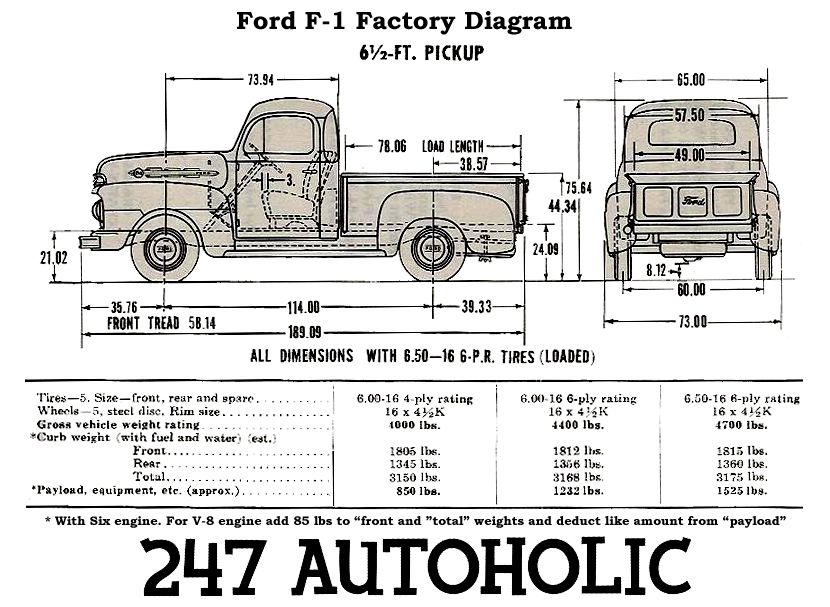
While it's certainly possible to upgrade your tires' size, it's usually best to stick to your manufacturer-recommended tire size for optimal performance. Increasing the size of your tires may give your car more ground clearance, but it may also affect handling, drivetrain performance and fuel economy. Keep in mind the changes to key figures mentioned above, such as load index and speed rating, and how they may affect your vehicle's capabilities if you decide to increase tire size.
Once you know how to read the numbers on tires, you can explore tires by size and narrow down your tire options quickly. Compare tire sizes online or visit a Bridgestone tire dealer near you for help.
Tire size can be confusing. Some numbers on the sidewall are listed in millimeters while others are inches. Plus, the right size for your car, truck, or trailer can differ depending on where and how you drive.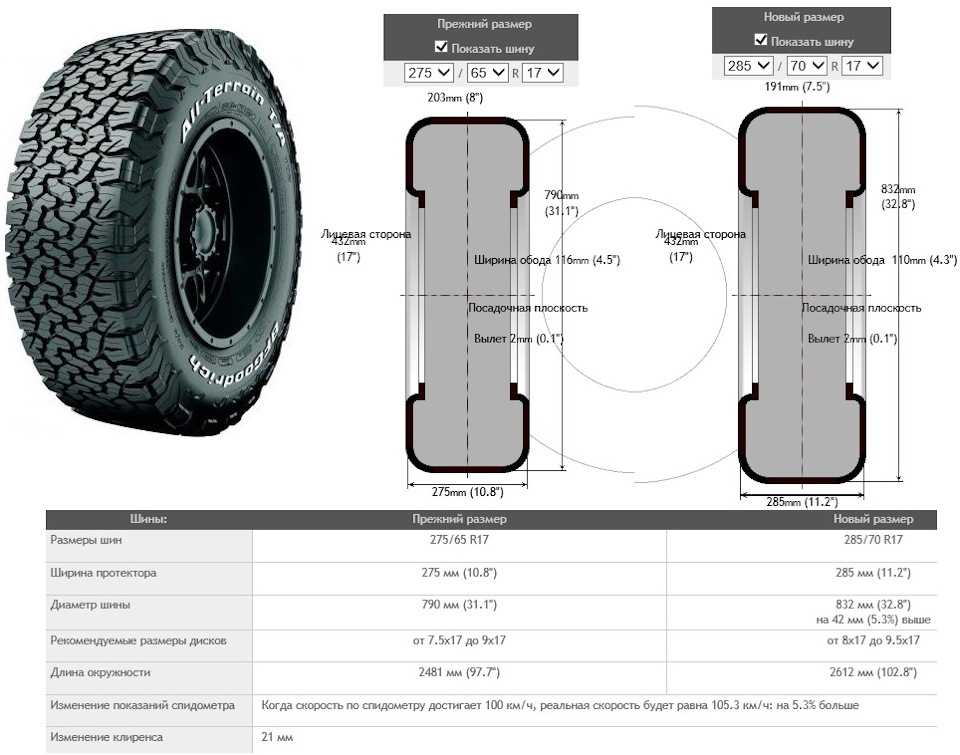
You can see your original equipment tire size in your owner’s manual or on the placard generally located on the driver’s side door jam. This is the sizing recommended by the vehicle manufacturer.
If you’re interested in switching out your tires for a different look or performance, a good place to start is the numbers and other indicators on your existing tires’ sidewall. Next, have a tire professional help you determine a tire size range that will fit your vehicle and driving needs.
Here’s what those numbers and indicators on the sidewall indicate and how to understand them:
A: TIRE TYPE The first letter in the code tells you what class of tire it is.
P stands for passenger vehicle tire. P-class tires include cars, SUVs, crossovers, minivans and smaller pickup trucks.
LT means light truck tire, designed for vehicles that are capable of carrying heavy loads, towing trailers, or for those looking for an extra heavy duty option.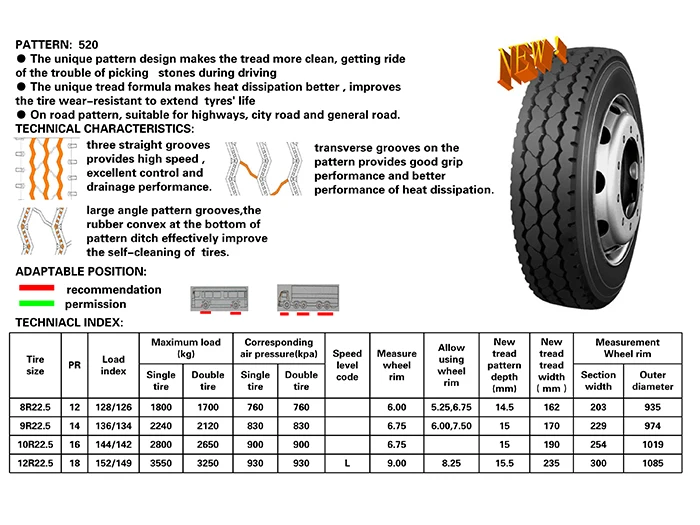 These are often equipped on three-quarter or 1 ton trucks and SUVs.
These are often equipped on three-quarter or 1 ton trucks and SUVs.
ST stands for Special Trailer. These tire sizes are meant for trailers, including fifth wheels and other travel trailers, as well as boat and utility trailers.
If there’s no letter before the first number, you have a metric tire most commonly referred to as European size. It’s also measured in millimeters but may have a different load capacity than a P or LT tire.
B: TIRE WIDTH The three-digit number following the letter is the tire’s width (from side to side, looking at the tire head on) in millimeters. This may also be referred to as the section width.
C: ASPECT RATIO The forward slash separates the tire width number from the two-digit aspect ratio. The bigger the aspect ratio, the higher/taller the tire’s sidewall, or “profile” as it’s sometimes called.
The aspect ratio is indicated on the tire sidewall as a percentage. It’s the height of the sidewall measured from wheel rim to top of the tread, expressed as a percentage of tire width.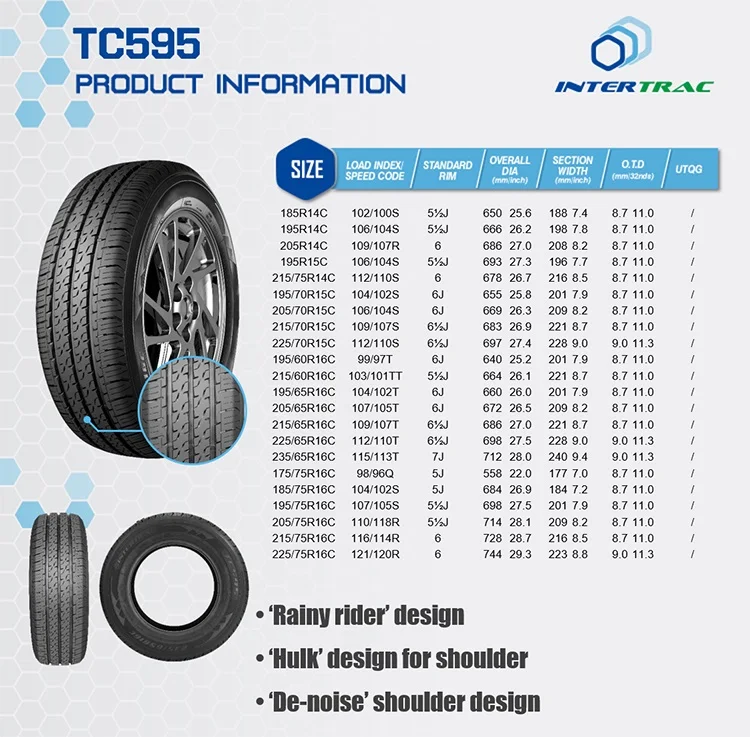
In this example, the aspect ratio is 65, meaning the sidewall is 65 percent as high as the tire is wide. To get the sidewall height, take the tire width of 215 mm and convert it to inches (8.46). Then multiply this by 65% (.65). This gives you an answer of 5.5, the sidewall height in inches.
D: CONSTRUCTION TYPE This single letter tells you about the internal construction of the tire.
R is for radial tires, the industry standard for most tires today. They have better road grip, lower rolling resistance for better gas mileage, ride comfort and durability than previous generations of tires. In a radial tire, the plies — layers of strong cords made of a blend of polyester, steel and fabric and coated with rubber — are laid perpendicular to the direction of travel.
D is for tires built with diagonal (crisscrossed) plies, called bias-constructed tires. They are also called conventional, x-ply, or cross-ply tires.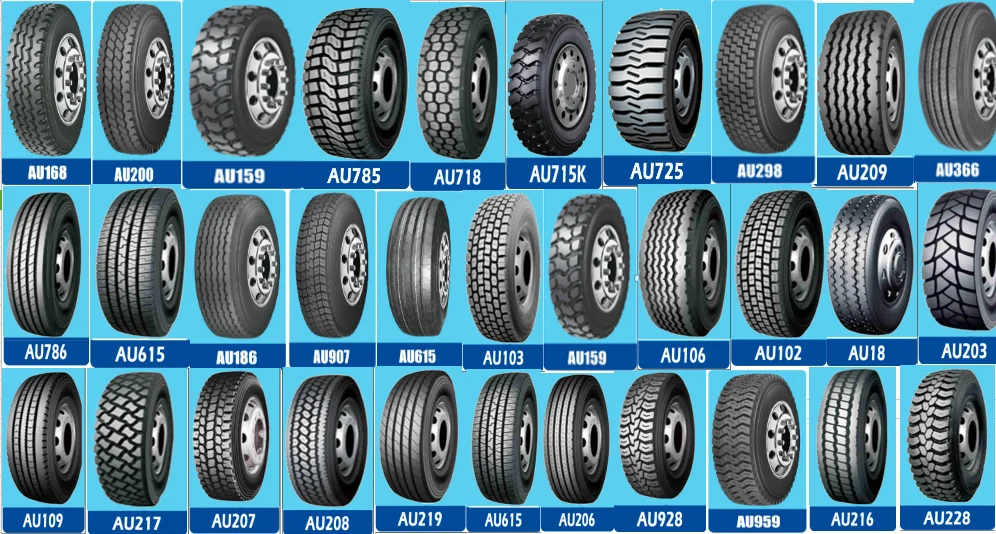 Some motorcycle and trailer tires still use this internal construction.
Some motorcycle and trailer tires still use this internal construction.
Some run-flat tires are identified with an F followed by the type of internal construction.
E: WHEEL DIAMETER This two-digit number specifies wheel diameter in inches. It’s the distance between the two bead seat areas (where a tire gets tightly sealed onto the wheel).
F: LOAD INDEX The two-digit or three-digit number that follows the gap specifies tire load index. The load index symbol indicates how much weight a tire can support, based on the following standard chart. In our example, the load index is 89, which indicates the tire has a load capacity of 1,279 pounds, when inflated to the tire’s maximum air pressure rating.
G: SPEED RATING The last letter is the tire speed rating. This indicates the top speed it’s safe to travel at for a sustained amount of time. A tire with a higher speed rating can handle heat better and provide more control at faster speeds.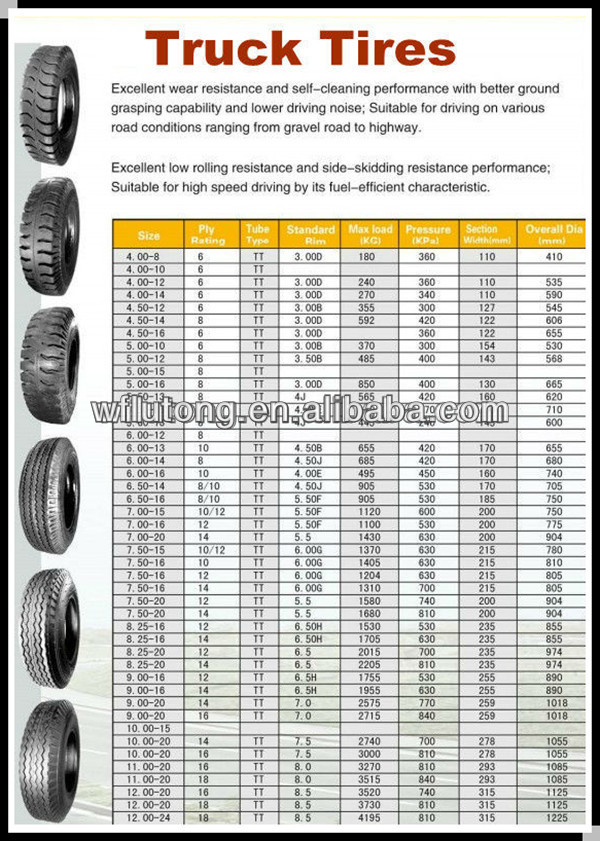 The maximum operating speed of a vehicle is no more than the lowest speed rating of all tires mounted on the vehicle. (Of course, you should always abide by speed limits for safer driving.) Speed rating is usually, but not always, a single letter (see the chart).
The maximum operating speed of a vehicle is no more than the lowest speed rating of all tires mounted on the vehicle. (Of course, you should always abide by speed limits for safer driving.) Speed rating is usually, but not always, a single letter (see the chart).
Below you will find several charts that will help you understand tire sizing numbers, including a load index chart and speed rating chart.
A tire size calculator is a quick way to see whether the tire size you’re considering will likely fit your car, SUV, sports car, light truck or crossover.
But remember that is only an estimate. It’s important to stay within the sizing tolerances of your vehicle. Tires that are the wrong size could cause some pull in the steering wheel, rub against the suspension or body of your vehicle, reduce clearance on hills, or result in a stiffer or noisier ride.
If you’re considering mounting a different tire size on your vehicle, check with a tire expert.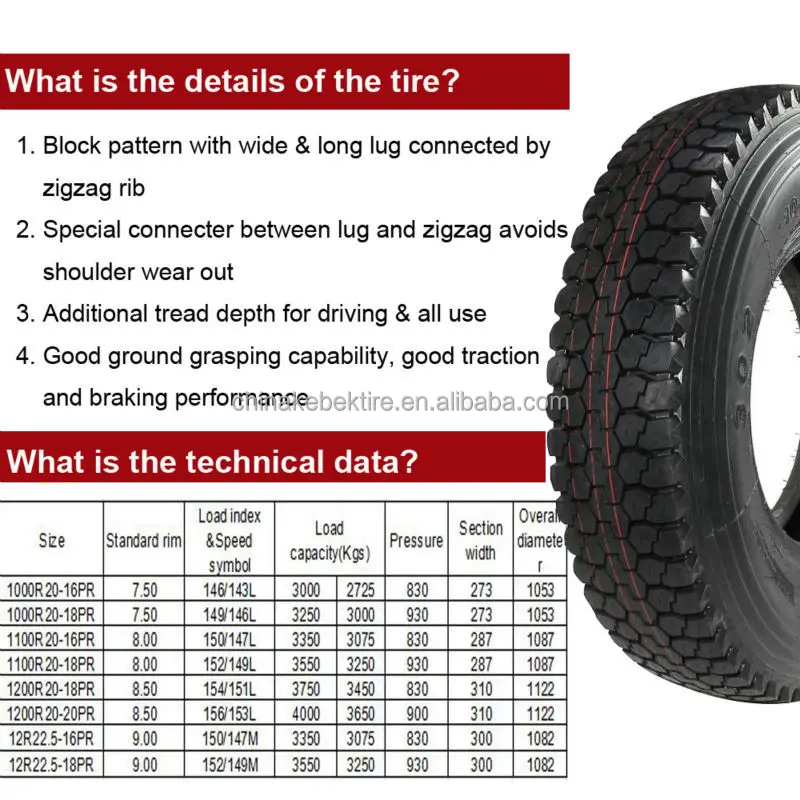 Find out whether the tires and wheels you have your eye on are the right fit for your vehicle’s suspension, gearing, and bodywork. And ask how any differences in revolutions per mile, tire speed, load index, and speed rating will affect your ride quality and vehicle performance.
Find out whether the tires and wheels you have your eye on are the right fit for your vehicle’s suspension, gearing, and bodywork. And ask how any differences in revolutions per mile, tire speed, load index, and speed rating will affect your ride quality and vehicle performance.
See how new tires and rims will look on your car or truck using our Virtual Wheels simulator, available at any Les Schwab.
Find Your Store
Posted by June 10, 2020
Contents of the article:
Truck tires are subjected to severe stress during operation due to the large load, heavy operating conditions in most cases and daily heavy use. The right choice of tires ensures a long service life of the car's suspension elements, fuel economy, and the safety of road users.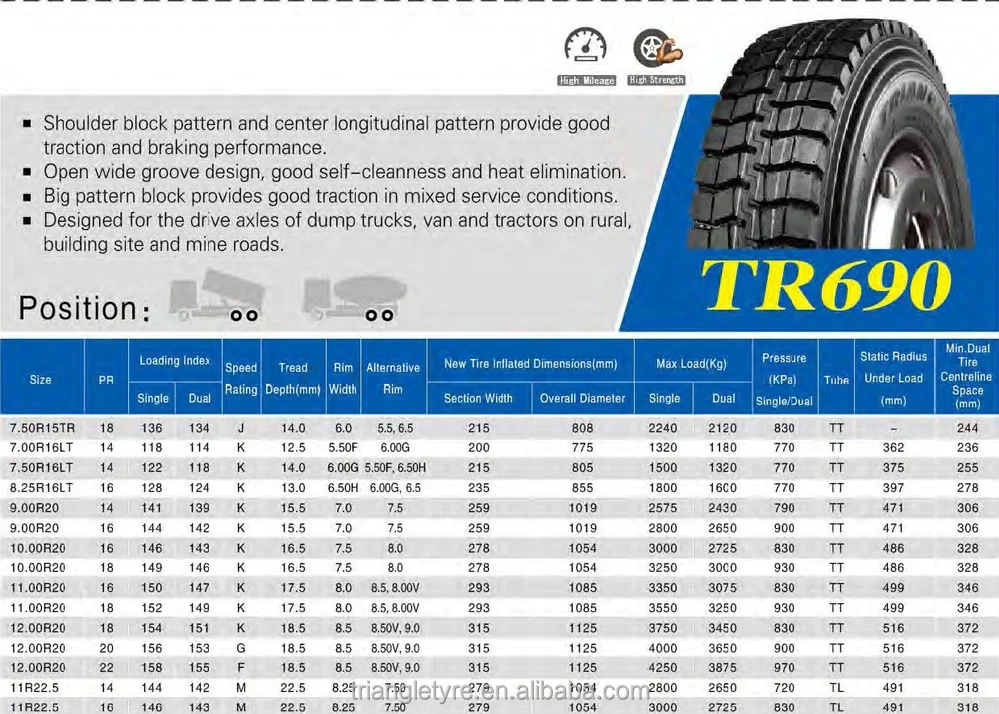 When buying tires for trucks, a set of factors is taken into account, among which are the planned road conditions, the purpose of the truck, the type of axle, and dimensional parameters.
When buying tires for trucks, a set of factors is taken into account, among which are the planned road conditions, the purpose of the truck, the type of axle, and dimensional parameters.
Properly selected truck tires should provide: Tires must withstand the total weight (own and cargo), additional dynamic loads that occur during sudden starts, braking, and turns.
 This indicator is worsened by the wrong choice of tire, inappropriate pressure, exceeding the permissible load.
This indicator is worsened by the wrong choice of tire, inappropriate pressure, exceeding the permissible load. Classification of truck tires depending on planned road conditions
0005
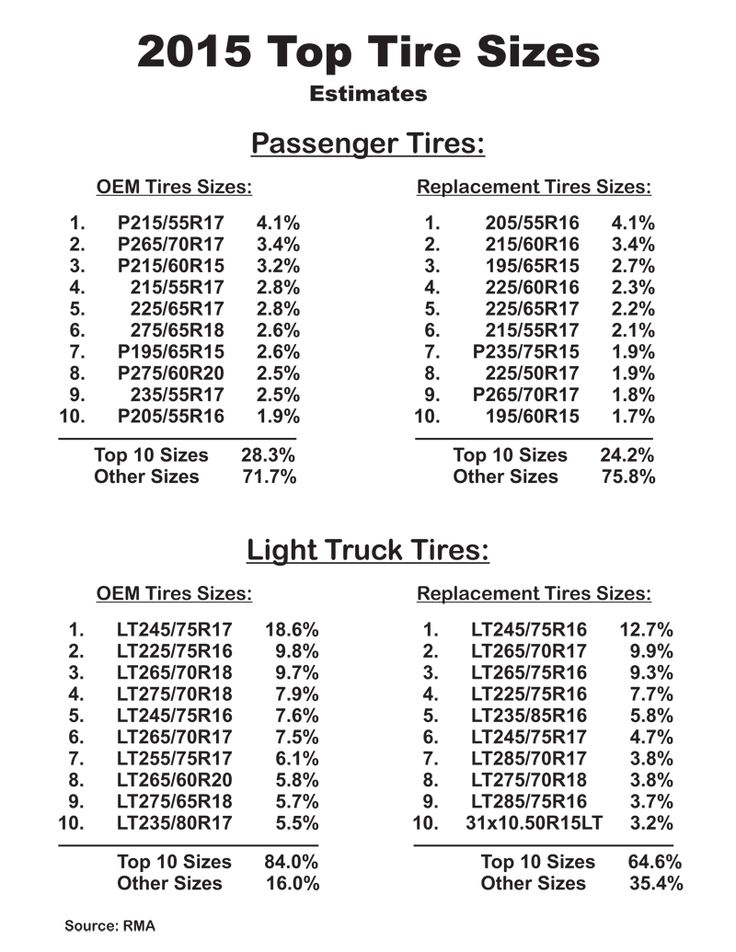 On unpaved roads, road tires wear out quickly and are much inferior to off-road tires in terms of patency.
On unpaved roads, road tires wear out quickly and are much inferior to off-road tires in terms of patency.
 The installation of such tires leads to excessive fuel consumption up to 15%.
The installation of such tires leads to excessive fuel consumption up to 15%. Types of tires depending on the purpose of the truck
Modern trucks mainly have a narrow purpose, which ensures its high efficiency when it is used for its intended purpose. Tires installed on cars also correspond to specific conditions.
 The tread design is distinguished by a significant number of longitudinal grooves that provide effective water drainage, and transverse grooves - they contribute to a confident start on snowy surfaces.
The tread design is distinguished by a significant number of longitudinal grooves that provide effective water drainage, and transverse grooves - they contribute to a confident start on snowy surfaces. Tire manufacturers indicate the axle for which it is intended, since when designing tires they take into account the specifics of the operation of wheels mounted on different axles:
 The handling and braking characteristics of vehicles largely depend on the tires of the front axle. There are many longitudinal grooves on the tires of the steered wheels, which ensure good water drainage.
The handling and braking characteristics of vehicles largely depend on the tires of the front axle. There are many longitudinal grooves on the tires of the steered wheels, which ensure good water drainage. When choosing tires, you should be guided by the size recommended by the truck manufacturer. If this size is rare and you have to look for a suitable analogue, it is best to get the advice of a qualified specialist.
Dimensions are indicated on the tire sidewall. For example, the dimensions of a truck tire 315 * 70 * R22.5 are decoded as follows:
The letter R indicates the radial structure of the cord. With diagonal weaving, there is no letter in the designation.
Back to List
RIDES
LONGER
SERVES
LONGER
To learn moreFS/FD/FT
833
To learn moreMS/MD/MT
To learn moreR
249
Plus
To learn moreRW
-
Drive
001
To learn moreMainline and regional transport
Low bed trailers / semi-trailers
Medium duty transport
Road/off-road - moderate conditions
Road/off-road - heavy duty
City bus
Intercity bus
Winter conditions
Truck Point Network
Business Solutions
Reviews
Bridgestone Duravis R002 - new tire test from TÜV SÜD
Field test results of the new main and regional tires Duravis R002
Watch the video
Fuel economy comparison
Fuel economy comparison between Bridgestone and Competitor
Watch the video
All reviews14 March 2022
Bridgestone suspends production activities in Ulyanovsk and deliveries to Russia
Production will be suspended from March 18, 2022.